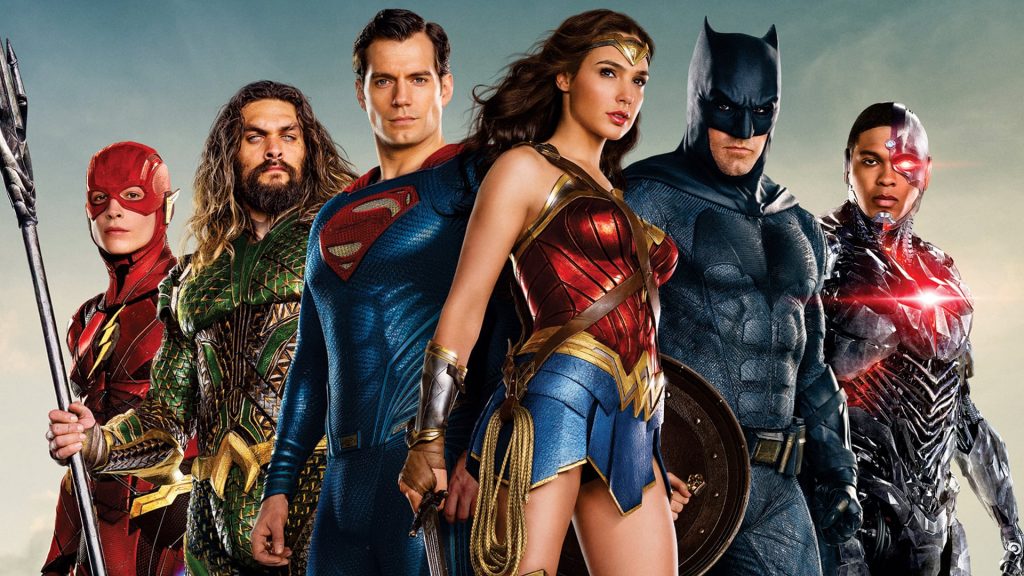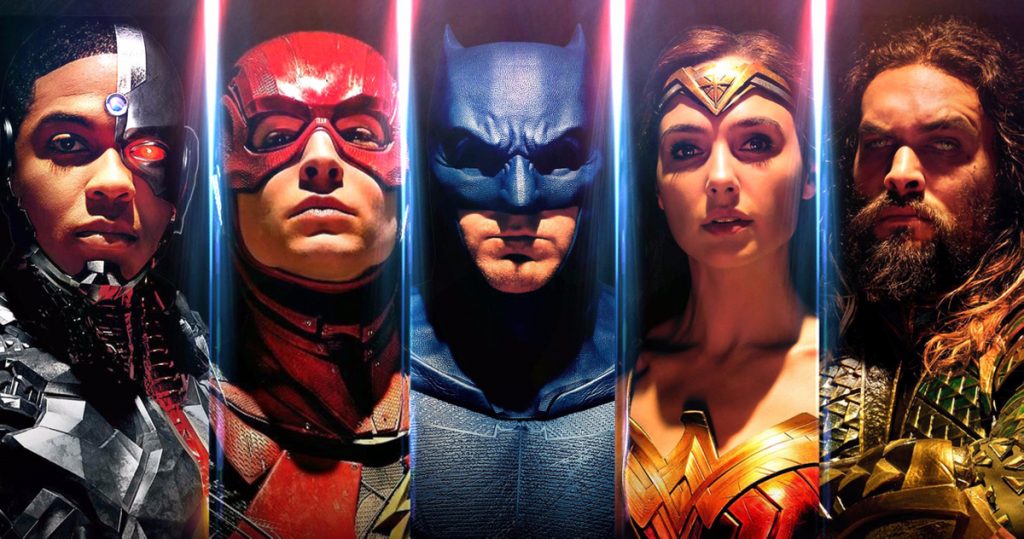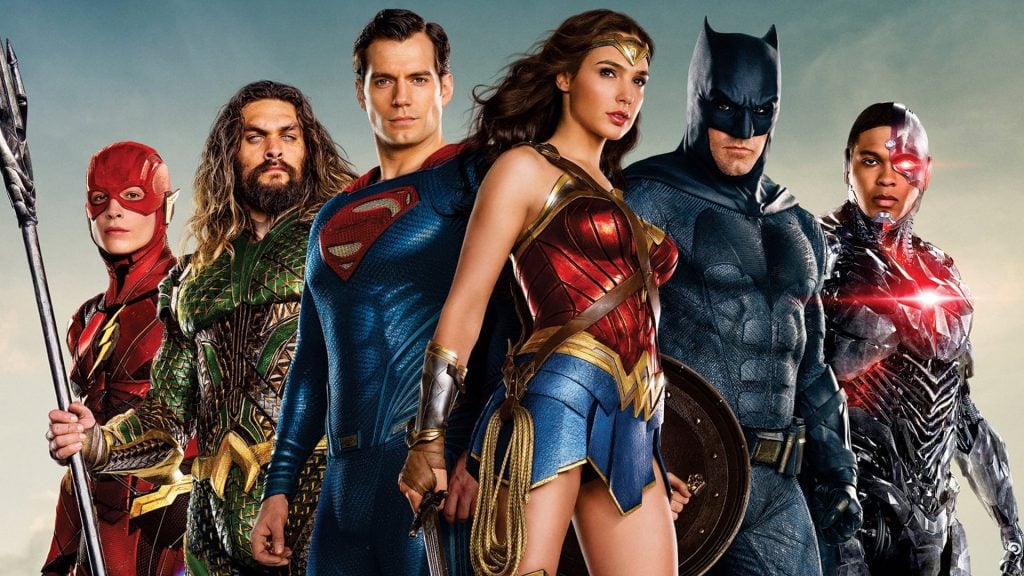People have always been fascinated by big budget Hollywood productions that either go massively over budget or completely off the rails, as there’s always a sense of morbid curiosity associated with someone spending hundreds of millions of dollars of the studio’s money and somehow still managing to get it catastrophically wrong.
Once Warner Bros. and DC Films’ shared superhero universe had sprung up almost overnight following Man of Steel, the thought of seeing the Justice League gathered together in the same movie instantly became a mouthwatering prospect for fans.
However, Batman v Superman: Dawn of Justice turned out to be a damp squib that was packed with enough plot points, supporting characters and half-baked story threads to power three movies let alone one, and the executives were left disappointed after it failed to reach a billion dollars at the box office, which was surely the bare minimum they were expecting from bringing together two of pop culture’s biggest icons to headline a $250 million blockbuster.
Undeterred, director Zack Snyder picked up the pieces and forged ahead with Justice League, which was originally set to be just the first half of a two-part spectacular. Henry Cavill’s Superman, Ben Affleck’s Batman, Gal Gadot’s Wonder Woman, Jason Momoa’s Aquaman, Ezra Miller’s Flash and Ray Fisher’s Cyborg were all suited up and ready to go in what had the potential to be the DCEU’s crowning achievement, one that many were hoping could replicate something close to the success that their perennial rivals over at Marvel had enjoyed with The Avengers.

Unfortunately, Snyder was forced to abandon Justice League midway through production after a family tragedy, and it was ironically Avengers director Joss Whedon that took his place. On paper, the two couldn’t be more different in style and aesthetic, but Whedon got the benefit of the doubt given his cache with the geek community and his proven ability to handle the pressures of delivering an all-star ensemble comic book epic.
This was when the wheels started to come off for Justice League, as the shadow of studio interference loomed larger with each passing day of additional photography. Warner Bros. felt that Batman v Superman had run far too long, and demanded that the follow-up come in at two hours or less.
Back when he was involved, Snyder had balked at this request but Whedon acquiesced, which is the reason why Justice League clocks in at exactly 120 minutes. Not only that, but it appeared as though the Buffy the Vampire Slayer creator had little interest in his predecessor’s footage, and almost the entire movie ended up being reshot, and the jarring tonal shifts that frequently happen in the same scene are a testament to how heavily the story ended up being reworked.
When all was said and done and the torturous shoot of Justice League finally wrapped, the production budget had ballooned to a reported $300 million, and that’s not even factoring in the further $150 million it would take to mass market what was still being touted as one of the most highly-anticipated superhero tales ever told on the big screen.
Justice League was finally unleashed upon an unsuspecting world in November 2017, where it promptly landed with a thud. Reviews were not kind, which is completely understandable when the version that hit theatres was a mess characterized by an uneven tone, a wildly inconsistent narrative and the sort of messy visual effects that would have barely passed muster in a test screening.
Only a project as heavily scrutinized and expensive as Justice League could be deemed a failure after raking in over $650 million at the box office. That’s a figure that most other blockbusters would kill to reach, and yet the movie failed to even turn a profit following the huge costs in reshaping Zack Snyder’s original vision into the one the studio wanted.

Whedon inevitably became the scapegoat, and Warner Bros. let it happen even though many of the changes were made at their insistence. Once the dust had settled, an online campaign began, one that would roll on for two and a half years before finally yielding success.
Fans made it abundantly clear that they wanted Zack Snyder’s Justice League and not Joss Whedon’s, with WarnerMedia and their affiliates being constantly bombarded on social media by a militant group of keyboard warriors demanding to see the unaltered vision of the movie’s original director.
Of course, it wasn’t like the studio could simply crack open a top-secret vault marked ‘Snyder Cut’ and put it out there at a moment’s notice, while there were also a great number of people who thought it would never happen and the #ReleaseTheSnyderCut campaign was little more than wishful thinking.
Incredibly, it did happen, and Zack Snyder’s Justice League will arrive exclusively on HBO Max next year in four hour-long instalments. The director isn’t getting paid to put the finishing touches to his passion project, and the cast aren’t getting back together to film any new material, but based on the footage that’s been released so far it would appear that Warner Bros. are ponying up a fair amount of cash for the post-production alterations.
The cost of mounting a second attempt at making Justice League a success is said to be anywhere between $30 million to $100 million, and then you have to consider a second marketing blitz to convince people to sign up to HBO Max to see for themselves what all the fuss is about.
By the time the first hour of Zack Snyder’s Justice League reaches the small screen in 2021, over half a billion dollars will have been spent on production and marketing, which is an insane amount of money to throw at a movie that has already been beset by countless behind the scenes issues, and is still yet to turn a single penny of profit for the studio. If it doesn’t result in a huge upsurge in HBO Max subscribers, then the money men could well be asking why they’ve spent $500 million and seen absolutely no return on their investment.
Written exclusively for our company by Scott Campbell
Source – CoolMambo.com


